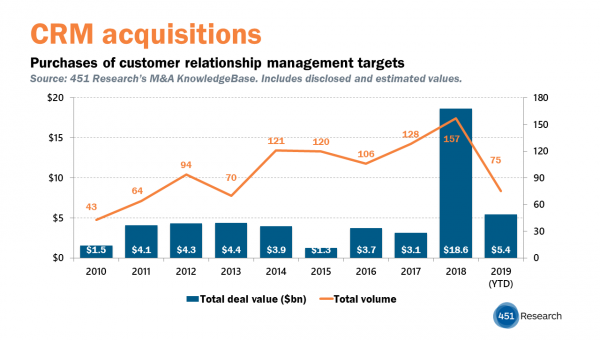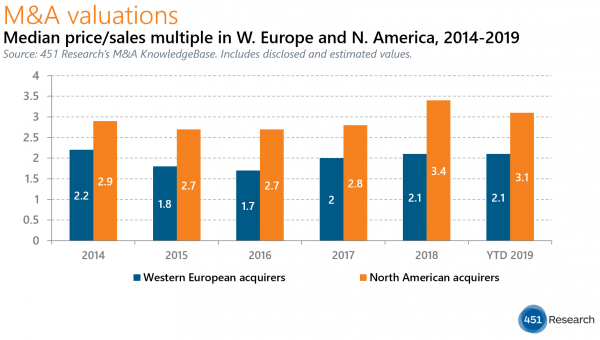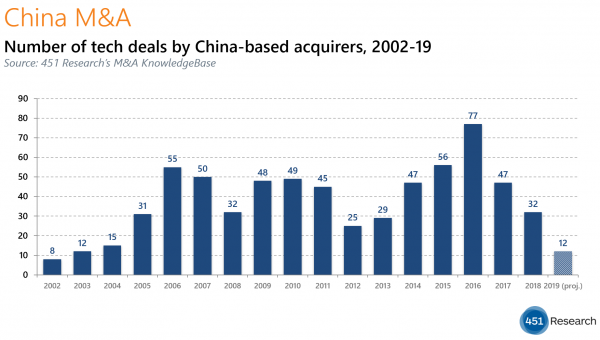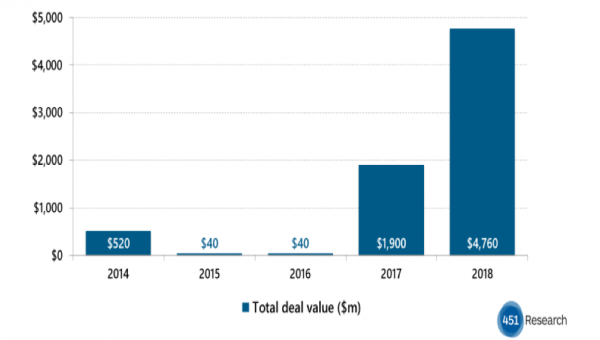by Scott Denne
With its second acquisition in as many months, Medallia’s new CEO appears to be following the same playbook he used to take his last company, Callidus, to a $2.4bn exit to SAP. In the 11 years leading up to that deal, sales software vendor Callidus bought 20 businesses and never spent $30m on a single deal. Medallia, a customer experience management software provider, is executing that strategy, but in a market with soaring budgets and swarming competitors.
This week, Medallia acquired Cooladata, a developer of behavioral analytics, to bolster its expansion from survey software into a broader portfolio that includes customer profiles, segmenting and reporting. The transaction follows last month’s purchase of Strikedeck (Medallia’s first ever) to add B2B capabilities to its platform. Although terms of neither deal were disclosed, both likely fetched Callidus-like prices. According to 451 Research’s M&A KnowledgeBase, Strikedeck had just 24 employees and Cooladata hadn’t raised any venture funding since a $5.6m series B round almost three years ago.
Medallia’s buildout begins less than a year after CEO Leslie Stretch took the helm – just in time to see a surge in budgets for customer management software. According to 451 Research’s Voice of the Enterprise: Customer Experience & Commerce, Organizational Dynamics & Budgets Q1 2019, 18% of respondents expect to increase their budgets for the broader category of CRM software, the highest reading of any quarter since the end of 2013. In a separate survey, 50% of respondents told us they were considering purchasing or upgrading customer experience analytics.
With the attention from customers have come new contenders and acquirers. SAP, for example, spent $8bn for Medallia’s main rival, Qualtrics, and SurveyMonkey is attempting to move upmarket into enterprise accounts, acquiring Usabilla for $80m along the way. Call-center software firms Verint and NICE have also printed deals in this space, scooping up Satmetrix and ForeSee, respectively. Not to mention that Adobe recently rebranded its marketing software portfolio as Experience Cloud. With a diverse set of players swirling into the customer experience market, converting conservative acquisitions into a major platform could be more of a stretch than it was for Callidus.







